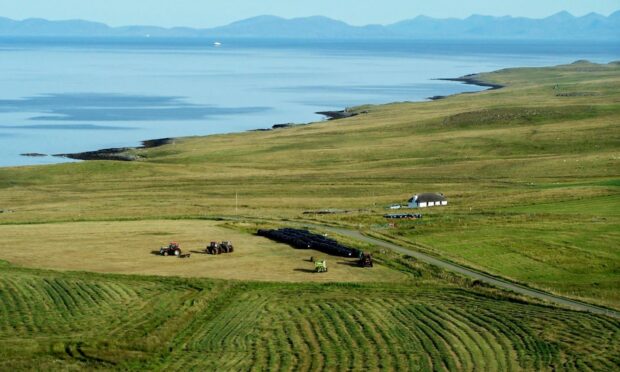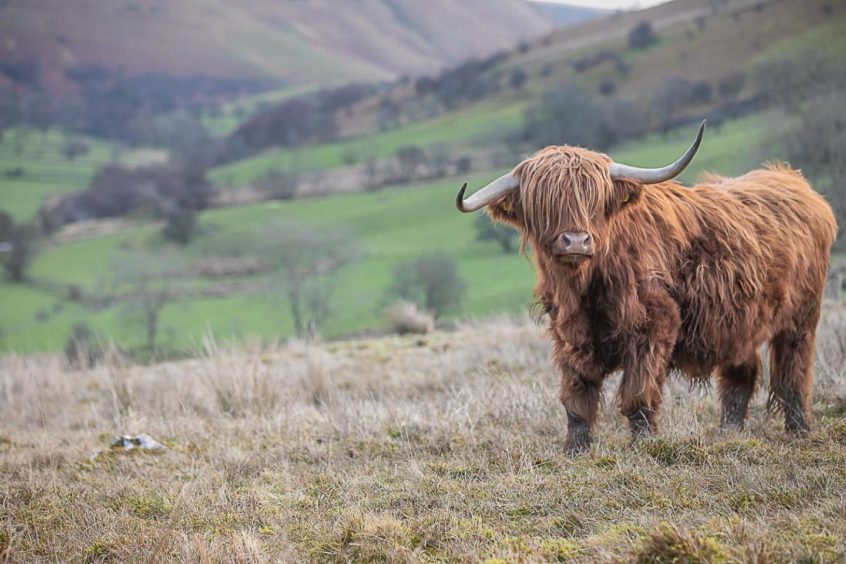Nine in 10 crofters is concerned about the lack of crofts available for use by new entrants to the sector, according to a survey.
The survey, commissioned by the sector’s regulatory body, the Crofting Commission, aimed to assess croft under-use and availability across Scotland.
Results from the survey, which attracted responses from more than 400 crofters, reveal 90% believe lack of availability of crofts for new entrants is an issue in their area.
Almost the same amount – 87% – reported unused crofts as an issue in their area, with various reasons cited for the problem.
“The respondents cited four main contributing factors for under-use – crofters living away from their croft, crofters retaining the croft as a valuable financial asset, crofters being seen as hesitant to assign/sublet their croft to someone out with the family and resident crofters having no desire to work their crofts,” said Crofting Commission head of crofting development, Heather Mack.
She said respondents had also identified four key areas the Crofting Commission needed to focus on to encourage crofters to make their crofts available to new entrants.
“These were the need for an increase in promotion of the benefits of making crofts available to new entrants, increasing the understanding amongst crofters of regulatory options such as assignation, subletting and division that could be used to create an opportunity for others, the need for community pressure to see crofts well used, and action by the Crofting Commission in respect of non-resident crofters or crofters that do not cultivate their croft,” added Ms Mack.
She said work to get more new entrants into the sector would require a combined approach from crofting communities, the Crofting Commission, and stakeholders.
“The demand from new entrants and existing crofters to access crofts is keenly felt by both crofting communities and the Commission,” added Ms Mack.
“We all need to work together to encourage turnover of crofts to create opportunities and increase active crofting.”
Scottish Crofting Federation chairman, Donald MacKinnon, welcomed publication of the survey results and said the Crofting Commission must be given adequate resource to help increase the number of active crofters in Scotland.
He said: “The regulator can only do what resources allow. If we are to see the impending catastrophe [of empty crofts] averted, the regulator has to be given the means to tackle it.”

